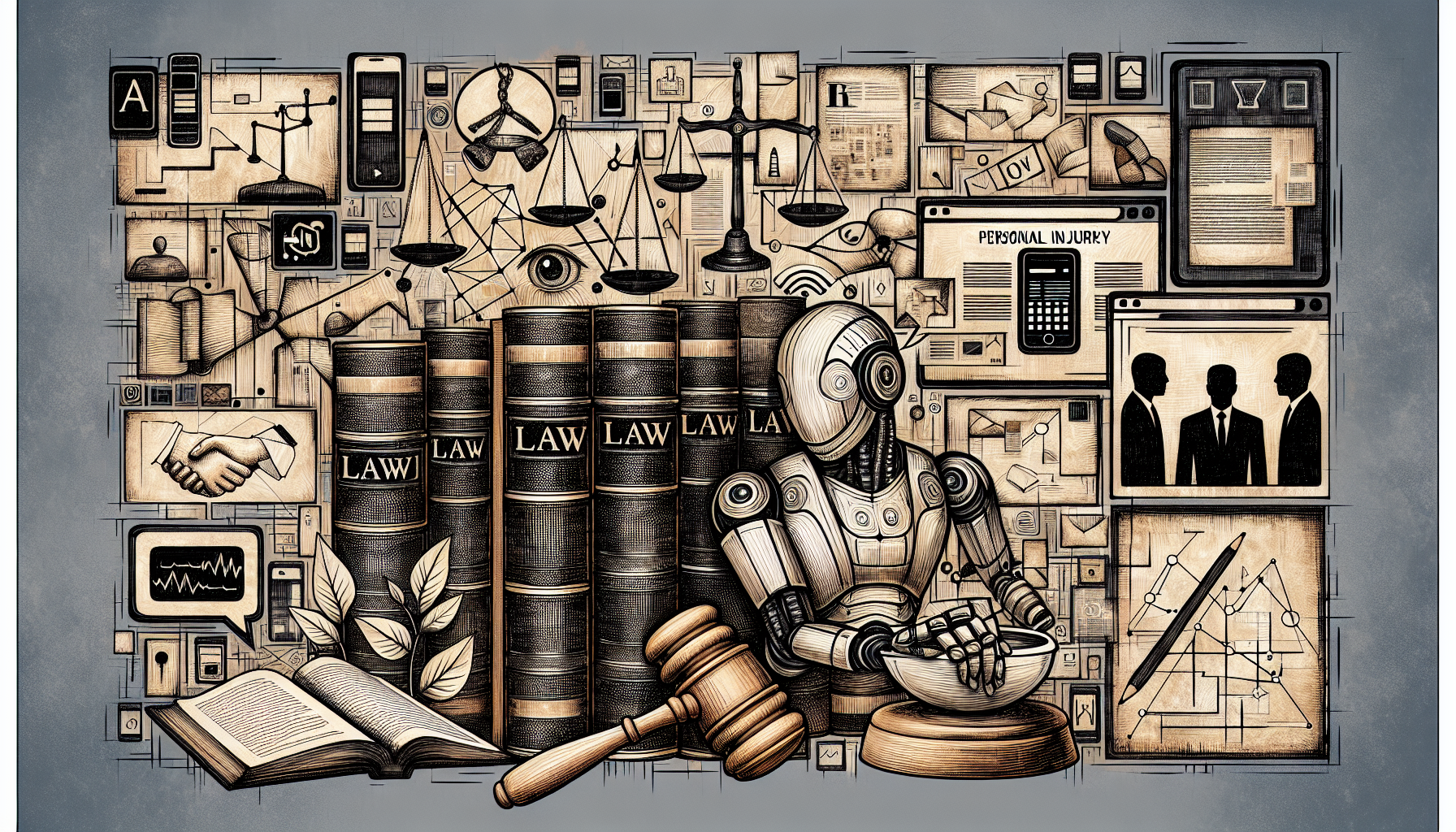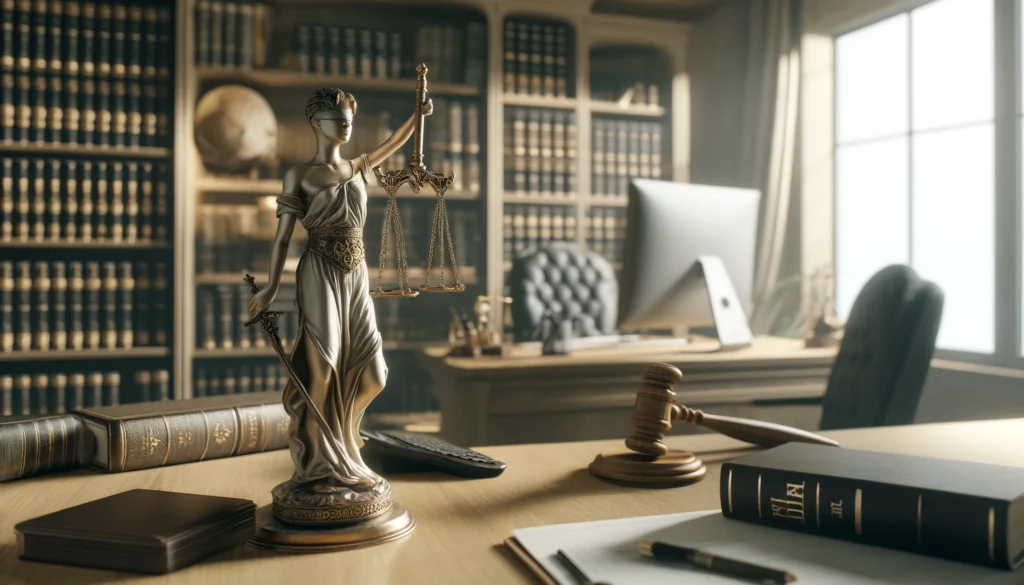
Unveiling the Power of AI: Revolutionizing Criminal Defense Discovery
In the modern legal landscape, Artificial Intelligence (AI) is becoming an indispensable tool for criminal defense attorneys. By leveraging AI, specifically language models like ChatGPT, the field of criminal defense discovery can be revolutionized, saving significant time and resources.
The Traditional Challenges of Document Management in Criminal Defense
The Complex Landscape of Discovery Documents
Managing discovery documents in criminal defense cases has traditionally been a Herculean task. From evidence lists to witness statements, the sheer volume of paperwork can be overwhelming. Each document must be meticulously reviewed, annotated, and categorized, creating a complex labyrinth for paralegals and attorneys to navigate.
Common Time-Wasters and Bottlenecks for Paralegals
Common challenges include:
- Time-Consuming Searches: Locating specific information within vast repositories.
- Data Redundancy: Repeatedly handling similar information across multiple documents.
- Manual Categorization: Sorting documents into relevant categories.
- Information Overload: Struggling to identify key details amidst the clutter.
Understanding these bottlenecks reveals the clear need for innovative solutions that streamline document management.
Also read:
Understanding ChatGPT and Other Language Learning Models
What Are LLMs and How They Work
Large Language Models (LLMs) like ChatGPT are AI systems trained on extensive datasets to generate human-like text based on input prompts. These models operate by predicting and stringing together words to form coherent responses, making them highly effective for processing and interpreting large volumes of text.
The Rise of AI in Legal Practice
The legal field is increasingly incorporating AI for document review, legal research, and predictive analytics. ChatGPT, with its advanced language processing capabilities, stands at the forefront of this transformation, offering unprecedented efficiencies in handling discovery tasks.
This burgeoning trend sets the stage for integrating AI into everyday legal workflows, enhancing productivity and accuracy.
Also read:
Setting Up: Integrating ChatGPT into Your Workflow
Required Tools and Resources
To successfully incorporate ChatGPT, you will need:
- A computer with internet access
- A subscription to OpenAI’s services
- API keys for integration
- Training materials on effective AI use in law
Initial Steps: Accounts, APIs, and Integrations
Begin by setting up an OpenAI account and obtaining the necessary API keys. Integrating ChatGPT into your existing document management systems is essential for seamless operations. Follow these steps:
- Create an OpenAI account and subscribe to their services.
- Generate API keys from the OpenAI dashboard.
- Integrate these keys into your workflow management system, using plugins or custom code.
- Train your team on how to use ChatGPT effectively, including prompt crafting and response analysis.
Also read:
Crafting the Perfect Prompts: The Art of Questioning AI
Basics of Effective Prompting
The effectiveness of ChatGPT hinges on the quality of the prompts provided. Clear and concise prompts yield the best results. Begin with straightforward inquiries and gradually introduce complexity as needed.
Creative Prompt Techniques for Document Summarization
Here are some examples to enhance document summarization:
- Simple Summarization:
"Summarize this document in five sentences." - Focused Summary:
"Outline the key points related to the defendant’s alibi." - Specific Query:
"What are the main arguments presented by the prosecution?"
Nuanced Prompts for Specific Legal Contexts
Tailoring your prompts to the specific legal context can significantly improve the relevancy of the output. For instance:
- Case Law Reference:
"Highlight any case laws mentioned in this brief related to self-defense." - Legal Analysis:
"Analyze the legal implications of the evidence presented in this document."
Mastering prompt crafting transforms ChatGPT into an invaluable asset for legal research and document management.
Also read:
Advanced Techniques: Maximizing Efficiency with ChatGPT
Automating Document Categorization
Use ChatGPT to automate document categorization by providing clear directives:
"Organize these documents into categories: witness statements, evidentiary documents, and legal briefs."
Extracting Key Information: Dates, Events, and Figures
Enhance information extraction with targeted prompts:
- Date Extraction:
"List all dates mentioned in this witness statement." - Event Summary:
"Summarize the events described in this police report." - Financial Figures:
"Identify all financial figures mentioned in this document."
Generating Summaries and Actionable Outcomes
Generate actionable insights by incorporating summarization prompts such as:
"Provide a summary and recommend next steps based on this document."
These advanced techniques leverage ChatGPT’s capabilities to streamline document management and enhance legal practice efficiency.
Also read:
Hands-On: Real-time Collaboration and Updates
Dynamic Querying for Ongoing Cases
Utilize ChatGPT for dynamic querying and real-time updates in ongoing cases by asking:
"Update me on any new developments in this case file."
Using ChatGPT for Team Collaboration
ChatGPT can also facilitate team collaboration:
- Shared Summaries:
"Summarize this deposition and share with the team." - Task Delegation:
"List action items for the paralegal team based on this document review."
This application promotes cohesive team workflows and continuous case progress.
Also read:
Ensuring Accuracy and Compliance
While ChatGPT offers substantial benefits, it’s crucial to ensure accuracy and ethical compliance. Regularly cross-check AI-generated outputs against source documents to validate their correctness. Adhering to ethical guidelines and best practices ensures the integrity of your legal work.
Also read:
Embracing the Future: Next Steps and Expanding AI Capabilities
Continuous Learning and Adaptation
The legal field is ever-evolving, necessitating continuous learning and adaptation. Encourage your team to stay abreast of AI developments and integrate these advancements into your workflows.
Exploring Additional Tools and Features
Beyond ChatGPT, explore other AI tools to complement your practice. Tools for predictive analytics, legal research, and automated document generation can further enhance workflow efficiency and accuracy.
Committing to this continuous evolution ensures your practice remains at the cutting edge of legal technology.
Also read:
Conclusion: Transforming Paralegal Work with AI
Integrating ChatGPT into criminal defense discovery can dramatically streamline paralegal tasks, reducing time-wasters and enhancing efficiency. By harnessing AI’s power, legal teams can focus more on strategic analysis and less on administrative burdens, ultimately transforming the landscape of legal practice.
“`


